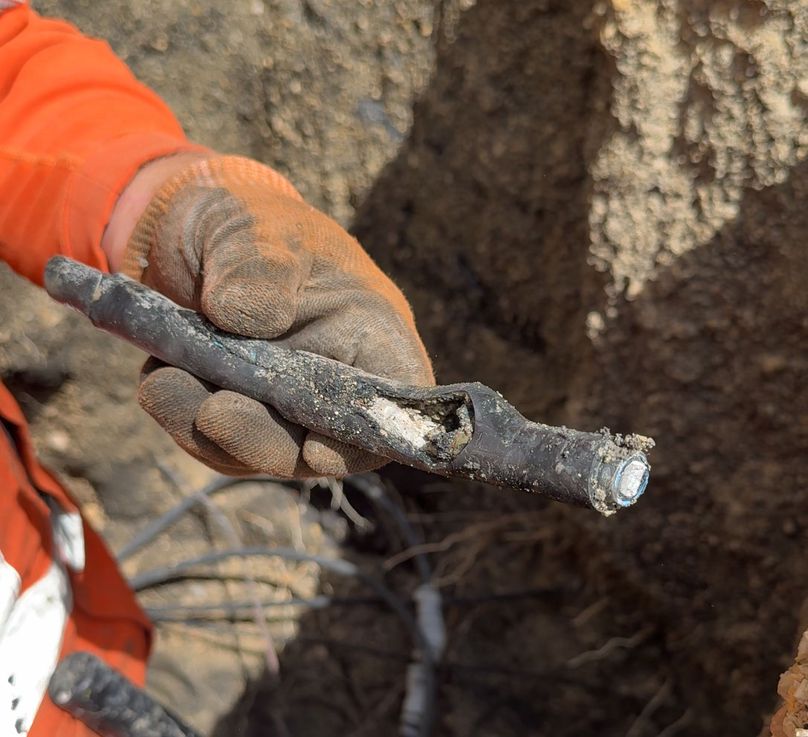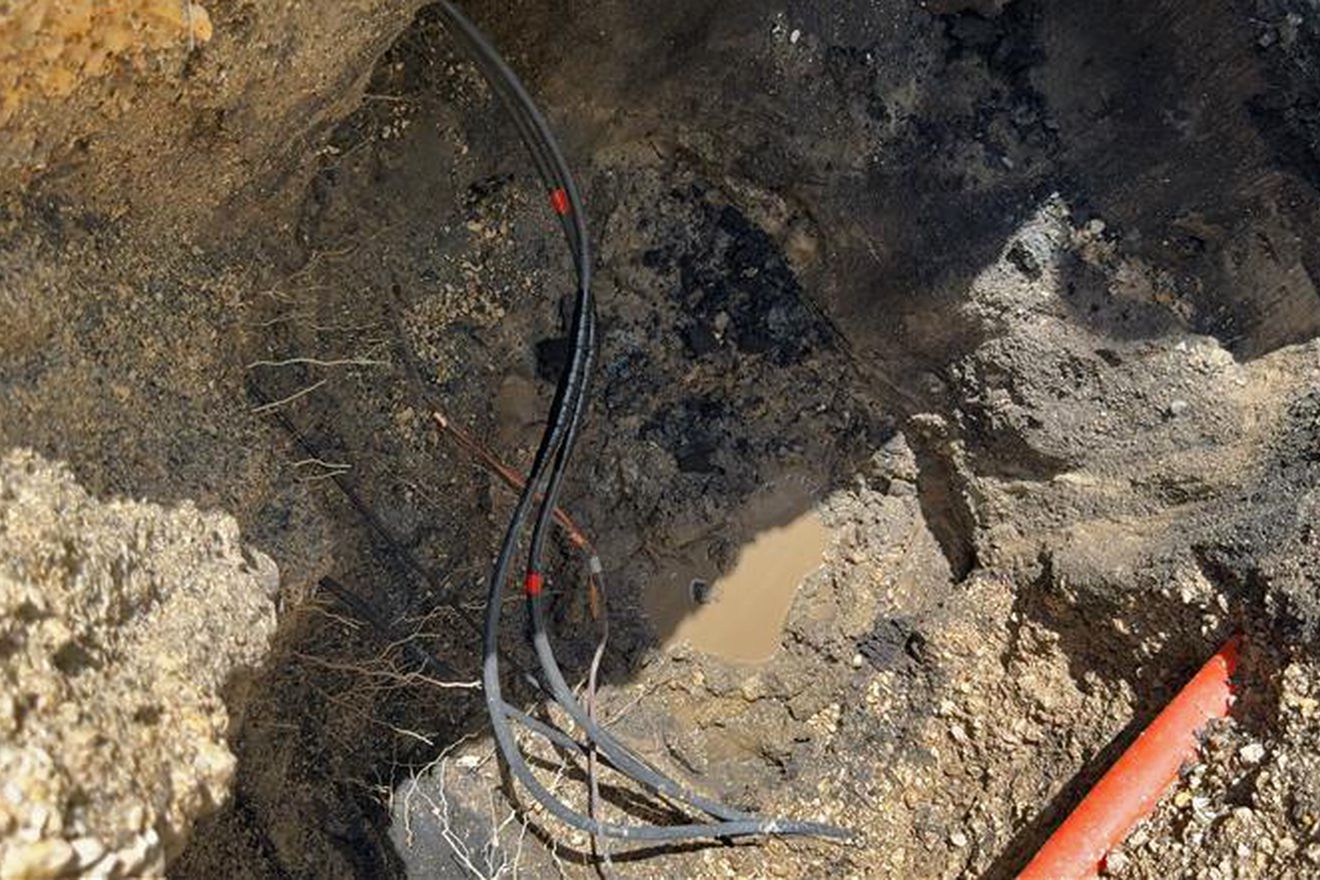“What’s taking so long to restore my power?”
Sometimes our customers ask us this question. There are a lot of factors that affect outage restoration times — one of which is whether the problem happened above or below ground.
When power goes out because of overhead lines, it can be pretty straightforward to know what caused the issue. Maybe a tree branch knocked down a power line or seasonal precipitation caused a pole fire — the equipment and issues are often visible.
It’s a bit trickier with underground equipment. Buried lines may be better protected from weather and wildlife, but underground lines can have problems that aren’t visible.
“There are many reasons for underground cables to fail, but the most common reasons are age and dig-ins,” says Rick Oughton, an assistant supervisor with our underground crews.
“As cables age over time, the cables’ insulation and jackets deteriorate — leading to eventual failure. We often see more faults in the spring and summer when the ground is thawed.”

A section of damaged cable that’s been removed from an underground line.
Enlarge image: A worker holds up a section of damaged cable that they’ve cut out from the line.
Our underground systems often allow us to switch a group of customers to a different feed for restoration, but first we have to figure out where we need to switch to and from. When there’s an underground fault on a primary cable (one that feeds a large area), a protection system such as a fuse operates, causing an outage to that area. Our crews arrive and investigate using specialized equipment to determine where the problems are.
Once we pinpoint the damage, we can often switch that group of customers to an alternate power supply — but not always. This doesn’t mean it’s fixed, just that power is back on.
If only one customer goes out, it’s probably a fault on a secondary line, which feeds just one home or building. The process is a bit different, but we still must investigate and temporarily restore power. We may be able to use special equipment for that, or we may temporarily restore power by connecting you to your neighbour’s feed. This won’t affect billing — you and your neighbour are only charged for the energy you each use.
“It’s more efficient and cost-effective for us to temporarily restore power, and then come back to make the repairs later,” says Oughton. “We come back in a day or two to pinpoint the exact location of the damage so we can make repairs.”
Crews on-site use a tool called an EZ-thumper, which sends high voltage through a section of the circuit. This tool helps test the circuit and shows crews the location of the damaged cable. Once we know where the damage is, we can make repairs.
Crews use high-pressure water to excavate (which is less likely to damage the cable than mechanical excavation), cut out the damaged section of power line, splice in a new piece, and fill in the excavation
And of course, just like when you need to Click Before You Dig, we make sure to locate any other underground equipment in the area before we start excavating.
Here’s what that repair process looks like on a secondary line:

Underground fault repair
Video: 0:56
This process takes several days, depending on when locates and excavations can be completed, but we work as efficiently as possible to keep your power on.



